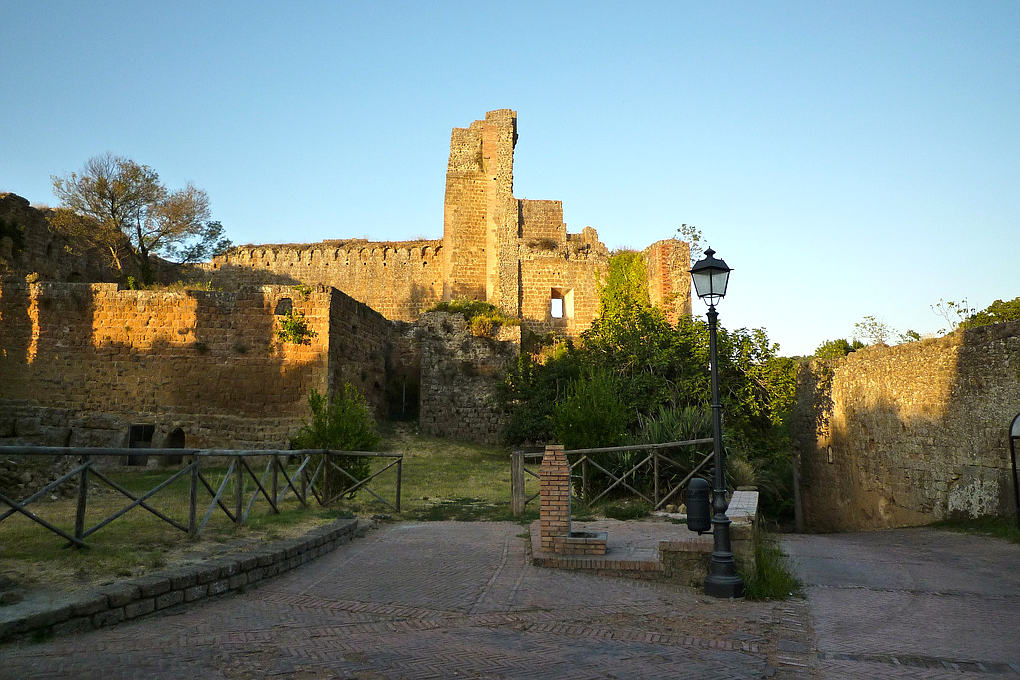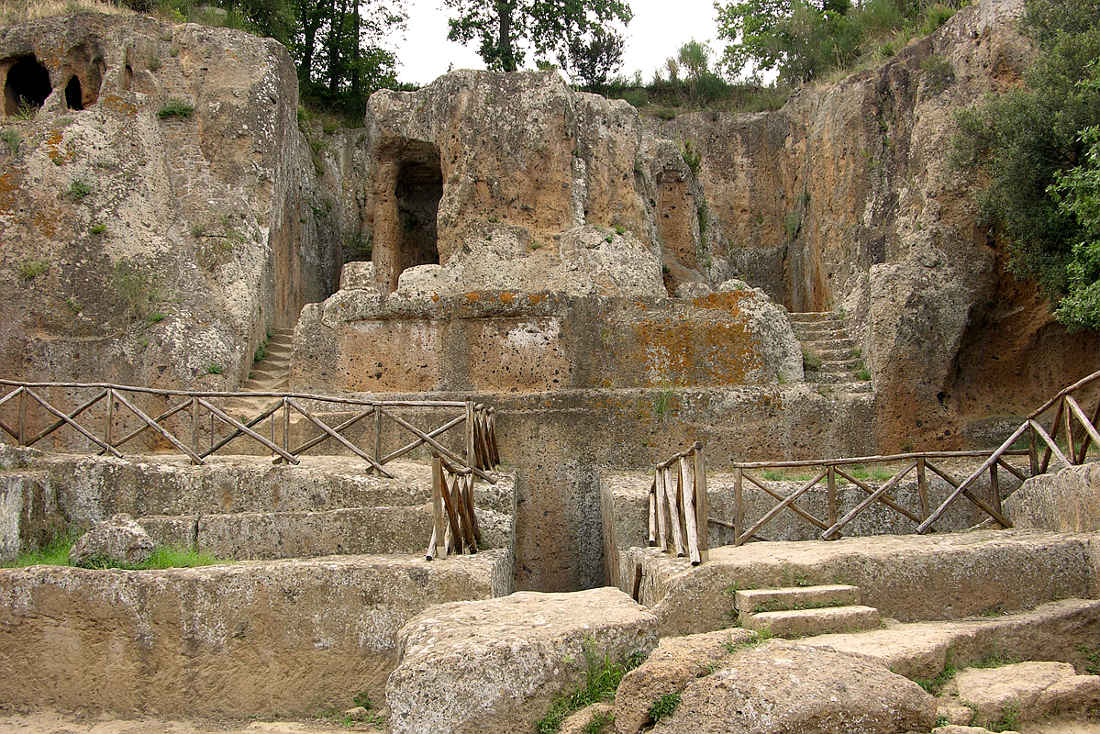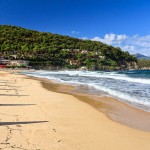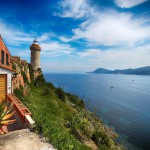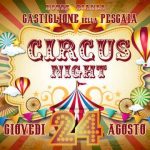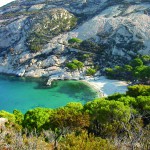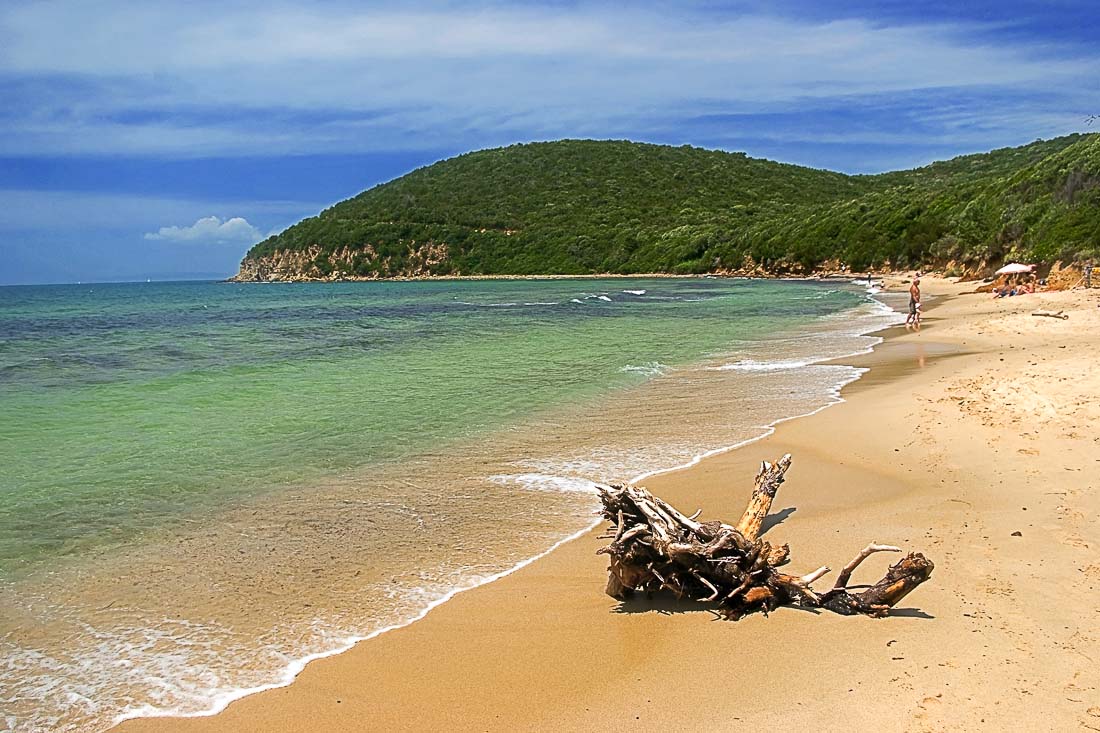09 Feb Sovana
Sovana: the Suana of the Etruscans
Sovana, fraction of Sorano in the province of Grosseto, in the heart of the tuff stone region, preserves the structure of the medieval town.
The origins of this jewel of Grossetan Maremma dates back to the bronze age but was above all a flourishing Etruscan center called Suana, important city in the time of the Roman empire and bishopric since the 7th century a.C.
Also known as being the birthplace of Ildebrando di Suana, who became pope by the name of Gregorio VII. It was ruled by the Aldobrandeschi and later by the Orsini, as region of the Republic of Siena and the Grand Duchy of Tuscany.
The historic center
Walking through the alleys of Sovana is like taking a trip through time. At the entrance to the town are ruins of the Aldobrandescan fort. In Piazza del Pretorio, which preserves the original herringbone pavement, you’re faced with the Palazzo dell’Archivio, built with tuff stone bricks and the Palazzo del Pretorio, wonderful 13th century construction today seat of the Centro di Documentazione of the history and archeology of Sovana, and the austere Palazzo Bourbon del Monte built in the second half of the 16th century. .
The treasures of Sovana
The church of San Mamiliano, the oldest of Sovana, built on the ruins of an etruscan building, gave in 2004 the famous treasure of Sovana back to its people: around five hundred gold coins dating back to the 5th century and coming mostly from the Constantinople mint.
It is said that the treasure of Sovana is in reality the most famous treasure of Montecristo, made famous by the book the Count of Montecristo by Dumas and hid, according to old legends, in the monastery of San Mamiliano on the island of Montecristo. The treasure of Sovana is exhibited in the same place that housed it for centuries and has become the museum of San Mamiliano.
The church of Santa Maria Maggiore also, facing the Piazza del Pretorio, preserves within it a medieval architectural treasure: a pre-roman ciborium that is among the oldest of all Tuscany.
The Duomo di Sovana (catedrale dei Santi Pietro e Paolo) built in the place of the Etruscan acropolis is one of the most important buildings in roman-gothic style of all of Tuscany. On this building too rests an air of mystery as the orientation of the building doesn’t seem to conform to medieval architectural rules established by the church, by which the apse should face east but seems to follow more the rules of nordic cultures.
The Etruscan necropoli and the Quarry Roads
The paths that lead from the town of Sovana into the wonderful hills covered by lush vegetation transport us to an even more remote past.
Getting away from Sovana we reach the Etruscan necropoli of Folonia, Monte Rosello and Sopra Ripa. The necropoli of Sovana are a heritage of inestimable value left behind by the Etruscan people, true and proper monuments dug from the tuff stone, dating back to the period between the 7th and 1st century a.C., a precious treasure for which this small town of Maremma is known the world over.
The tomb of Sileno, the Ildebranda tomb, the Tifone tomb, the Pisa tomb, the tomb of Winged Demons, are surely the most natable among the many visitable ones in the archeological areas. The mysterious Quarry Roads, giant streets dug out of the tuff stone, connect the entire area of the necropoli: around Sovana, Cavone and the Quarry of San Sebastiano are the most interesting ones. The entire area including the necropoli and the Quarry Roads is part of the Archeological Park of the Tuff stone Area.
Not just history
Visiting this wonderful town of Maremma is not only a trip through history: the traditional Maremman dishes, especiallly the Buglione di Cinghiale, the Cialdino dei Tufi, Pici al ragù and the acqua cotta, served in the traditional restaurants, satisfy the more earthly needs.
How to get there
From Grosseto: Continue on the S.s. 322 for around 20km until Scansano, then take the S.s. 323 for another 20km and then take the Strada Provinciale 10 for around 1km. Then turn right, and continue on the Strada Statale Maremmana for 6.5km.
Aprile, 2024


 BEACHES AND SEA
BEACHES AND SEA VILLAGES AND TOWNS
VILLAGES AND TOWNS PARKS AND RESERVES
PARKS AND RESERVES TUSCANY ISLANDS
TUSCANY ISLANDS MUSEUMS AND ATTRACTIONS
MUSEUMS AND ATTRACTIONS TERMS AND RELAX
TERMS AND RELAX SPORTS AND ACTIVITIES
SPORTS AND ACTIVITIES WINE TESTING
WINE TESTING


